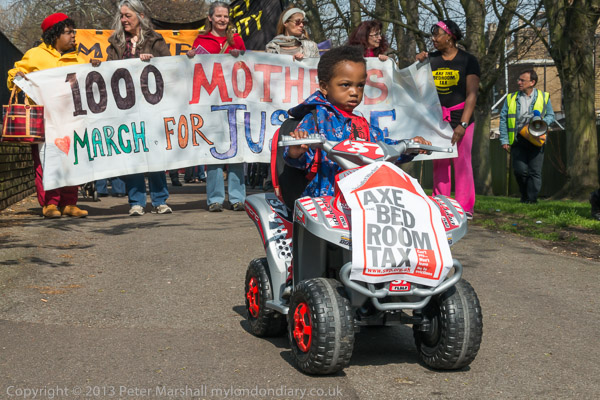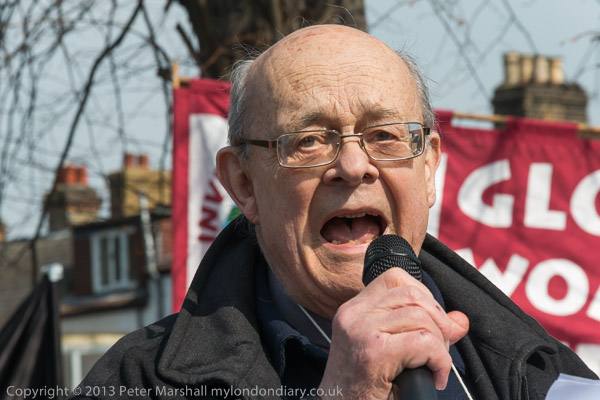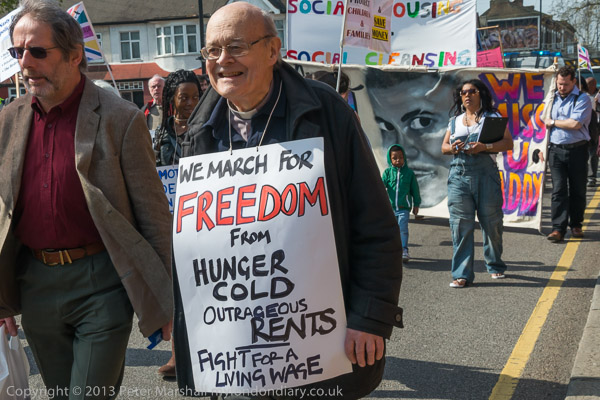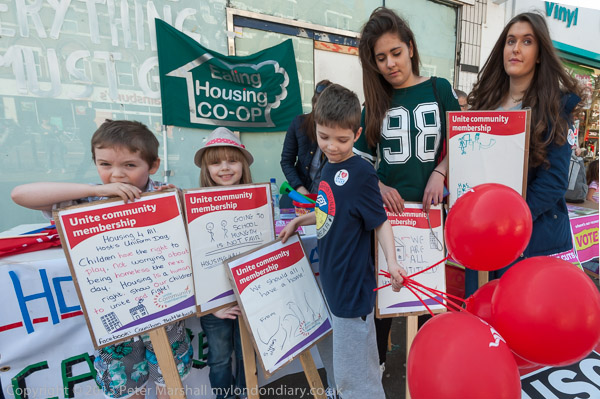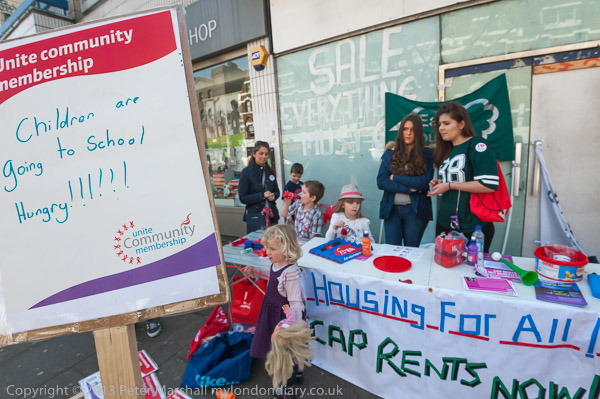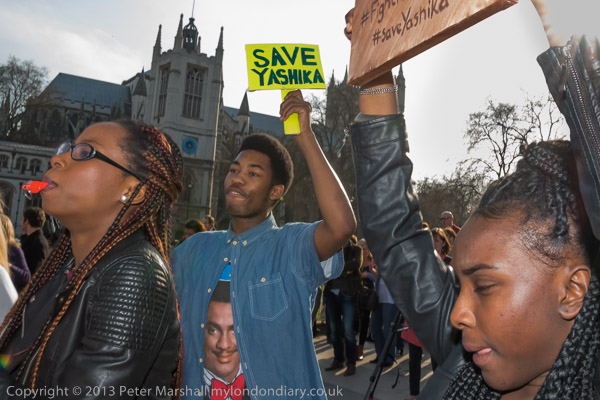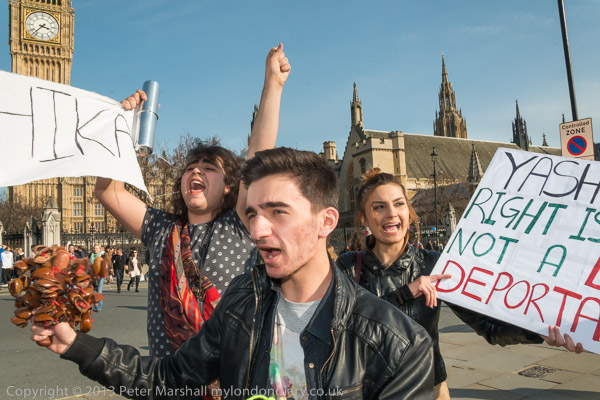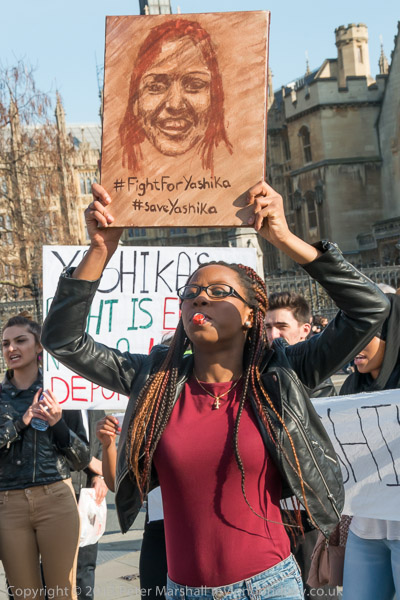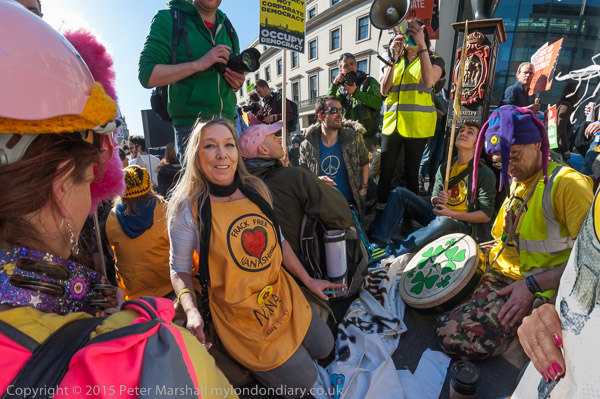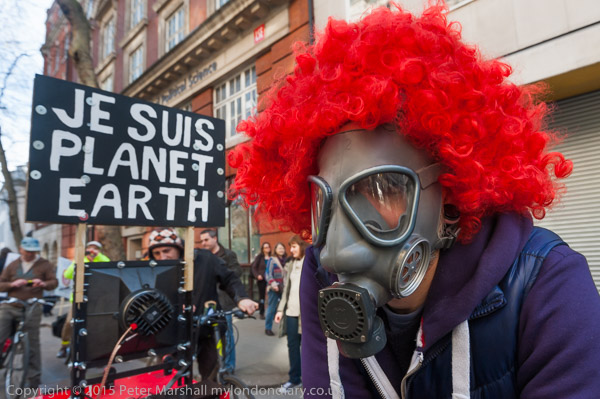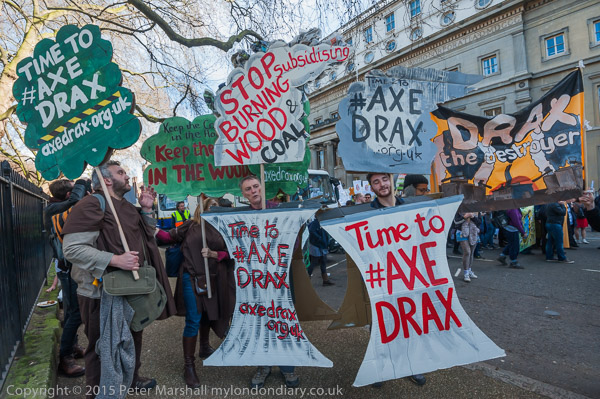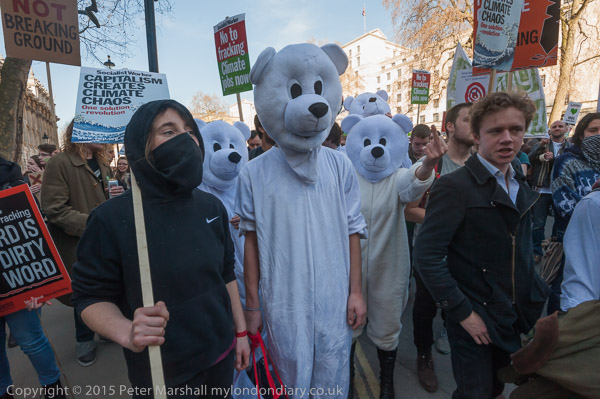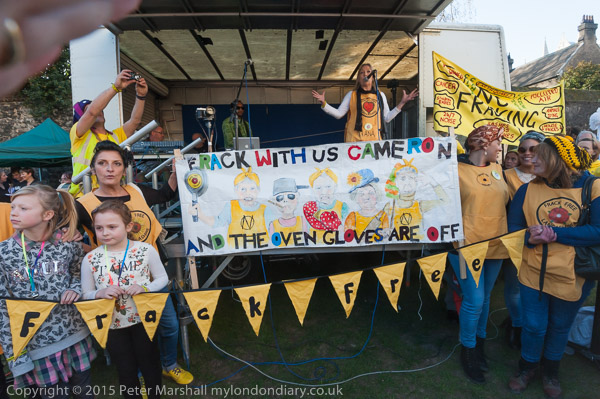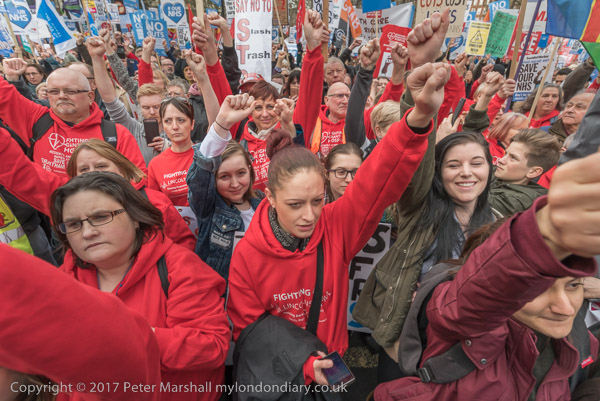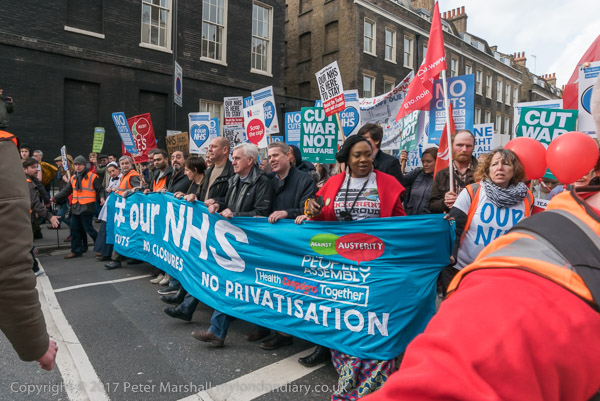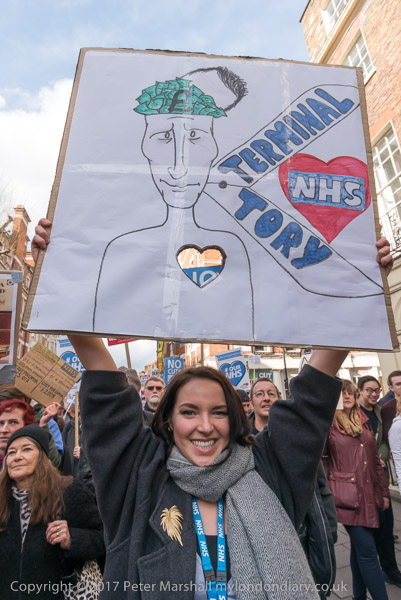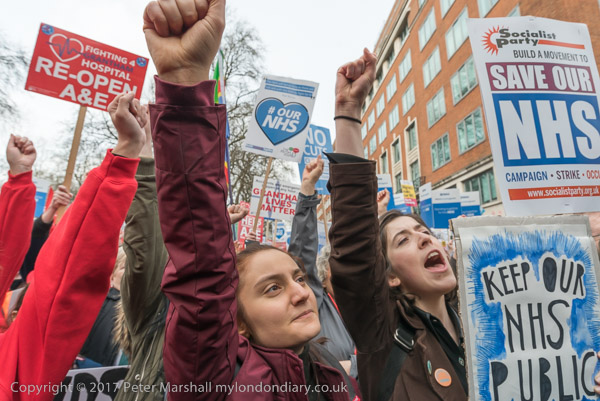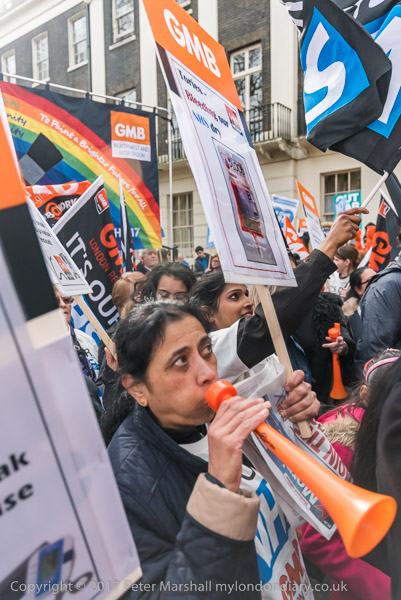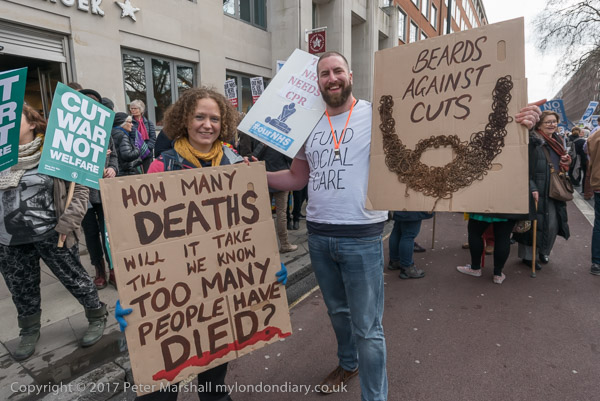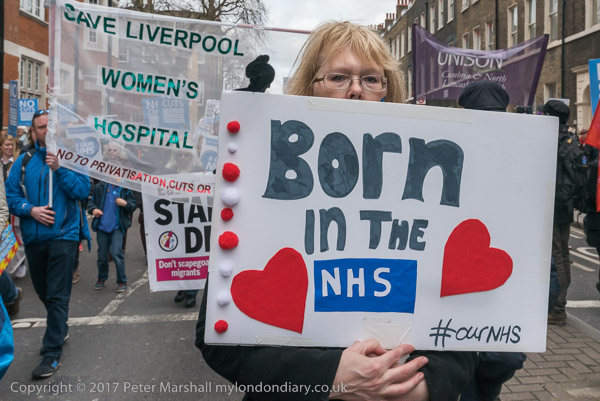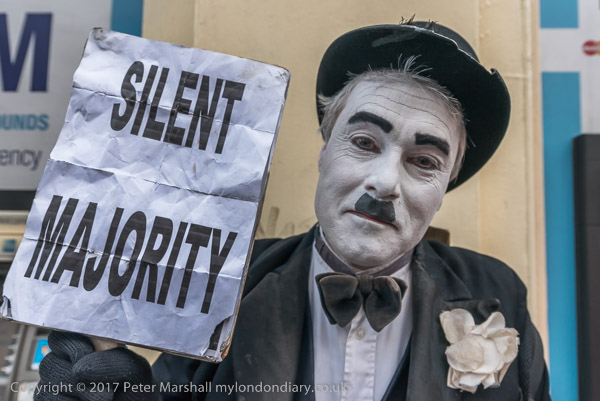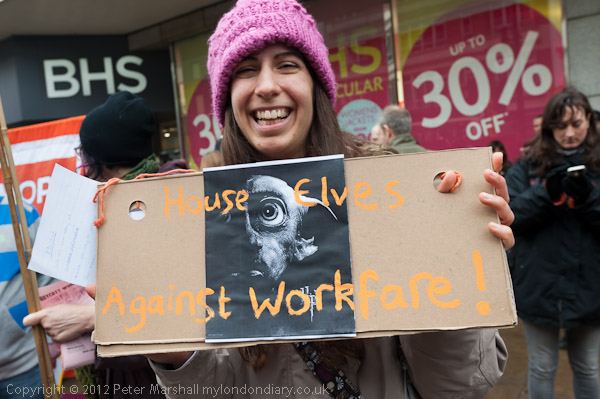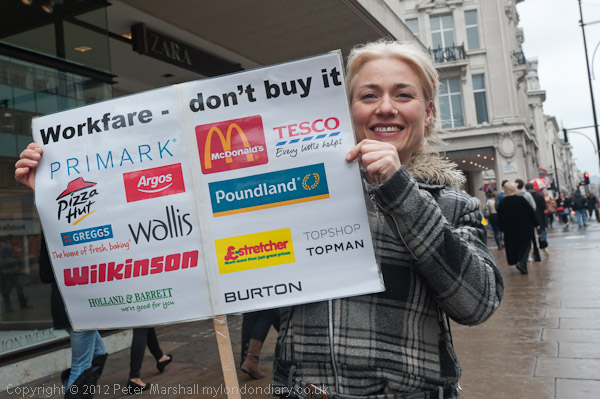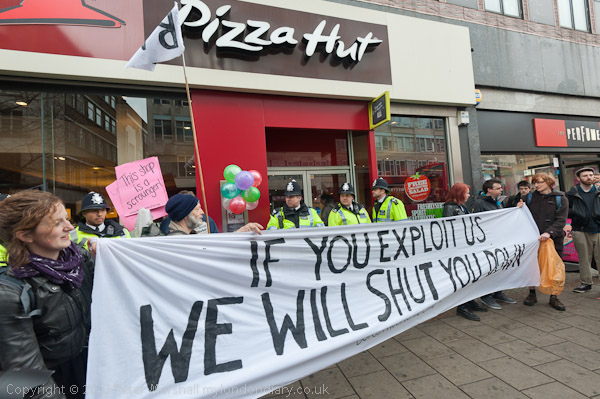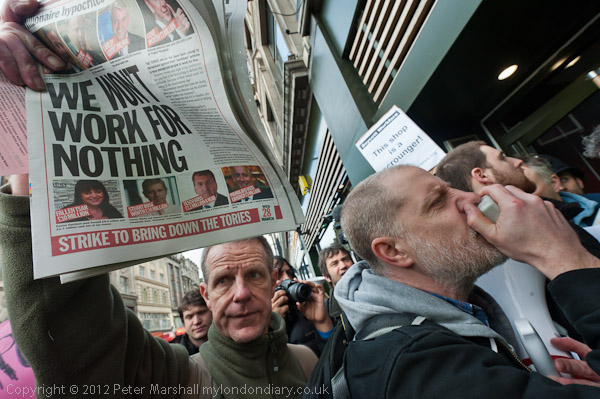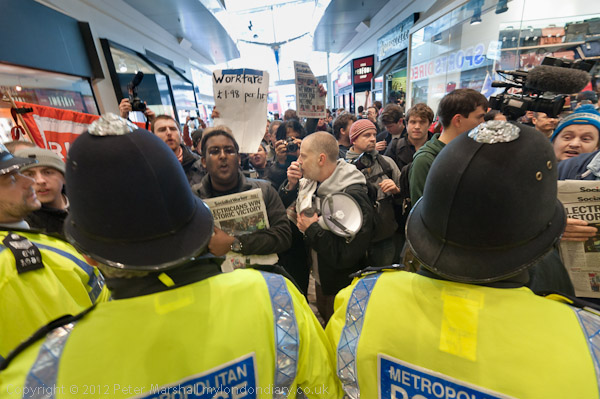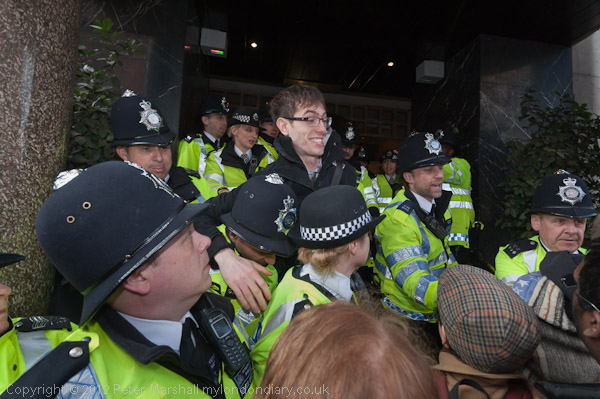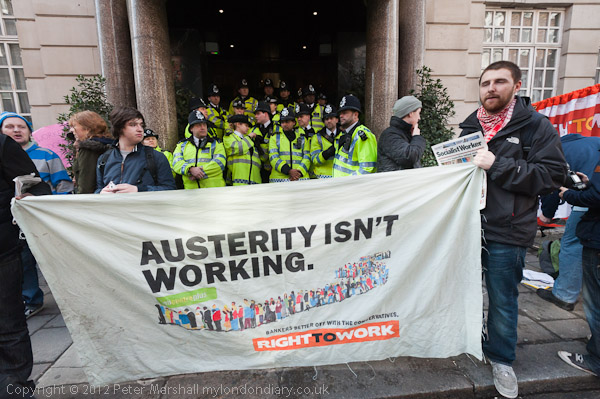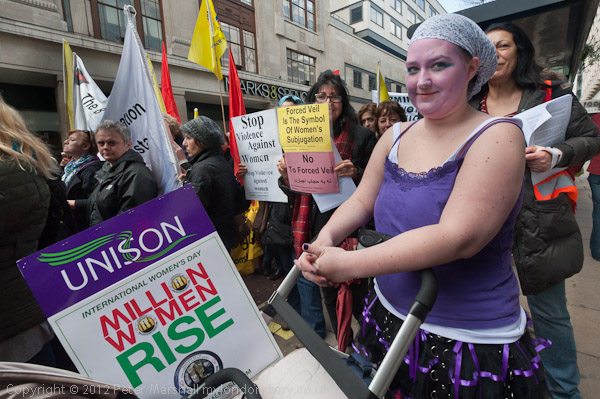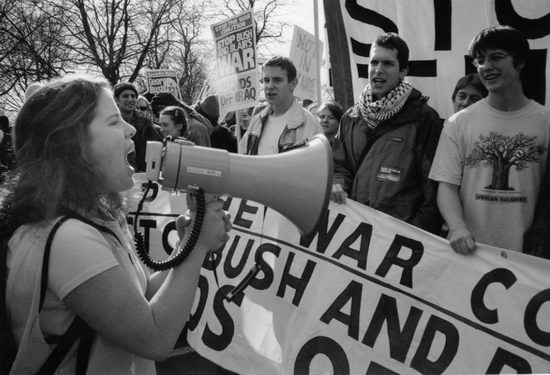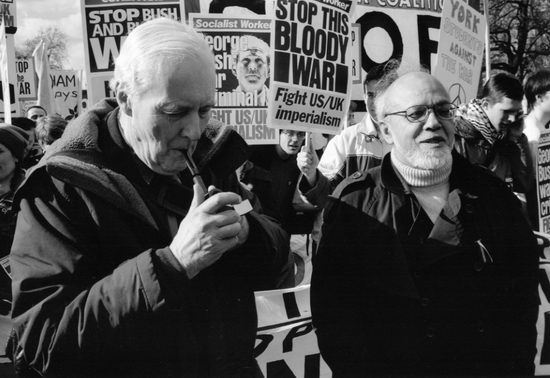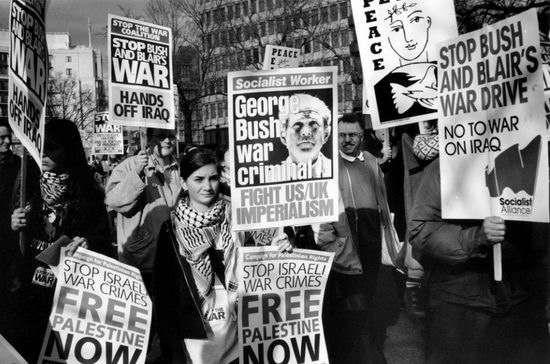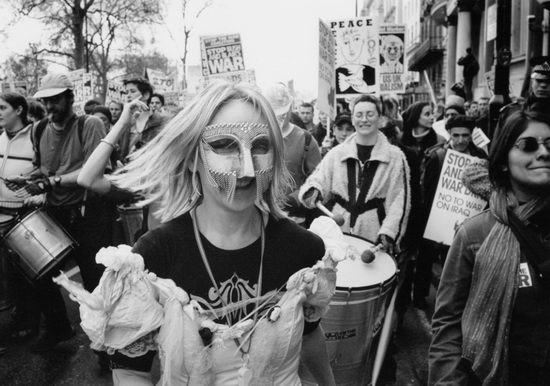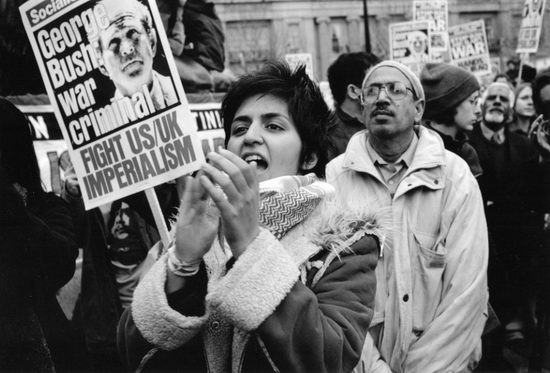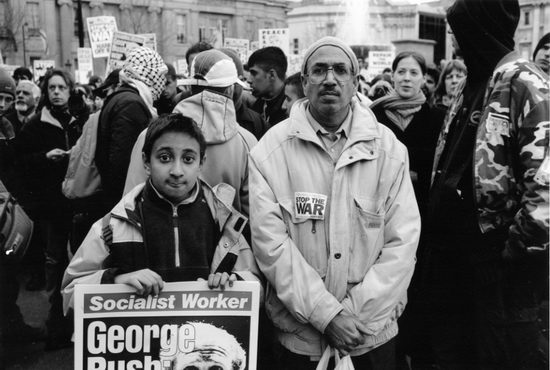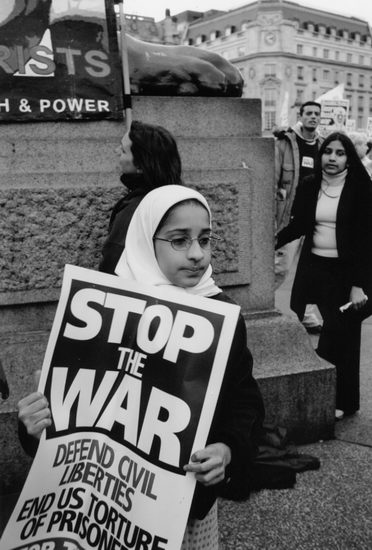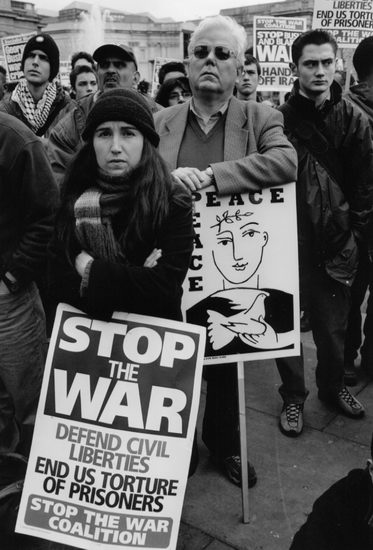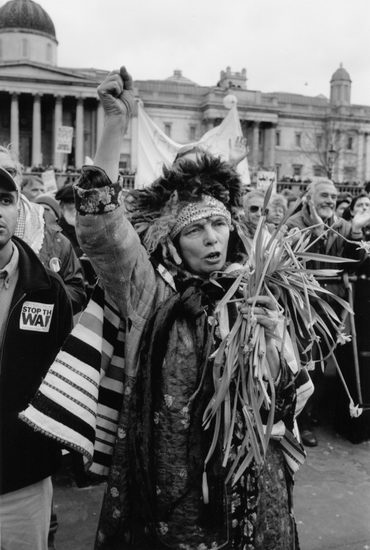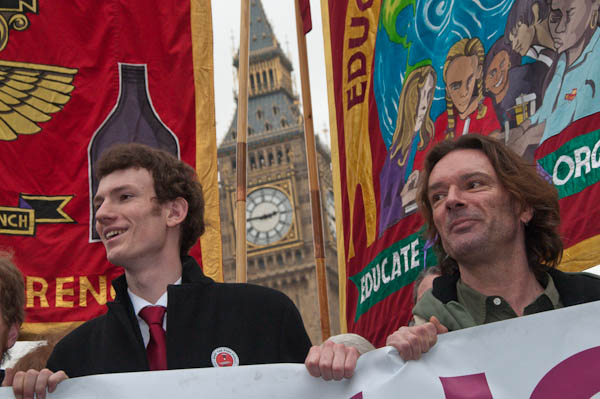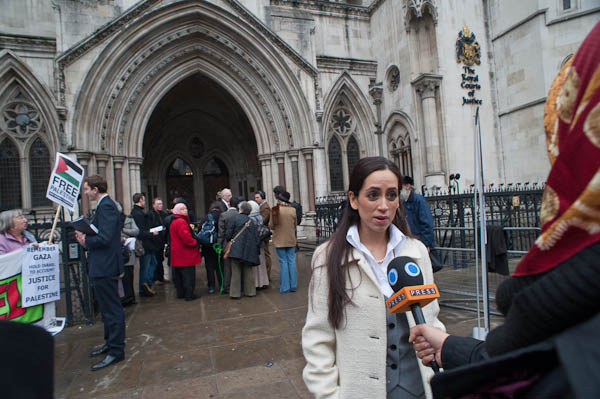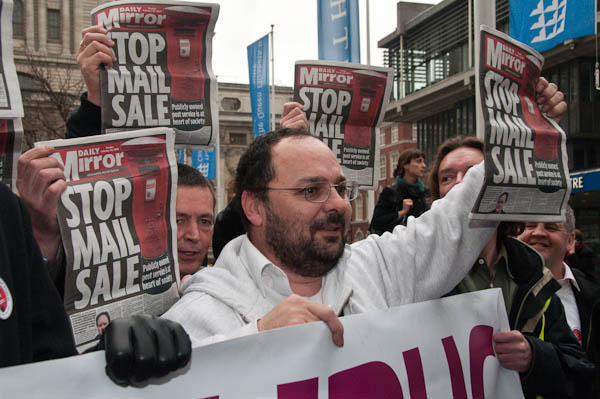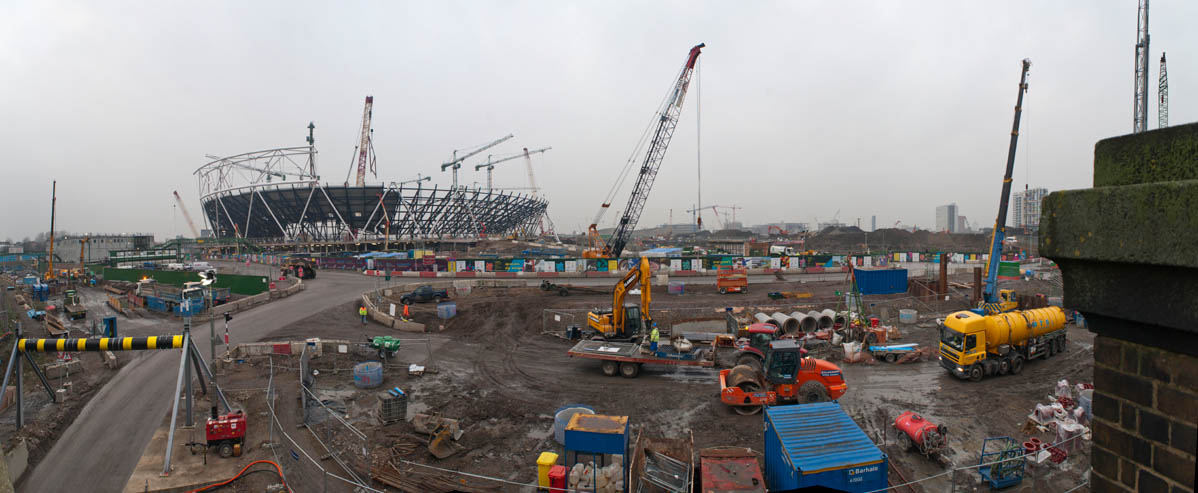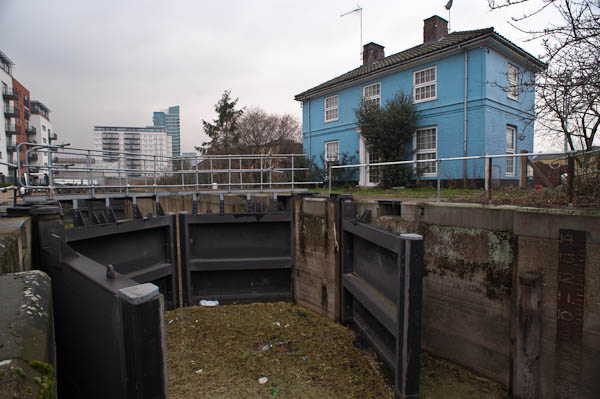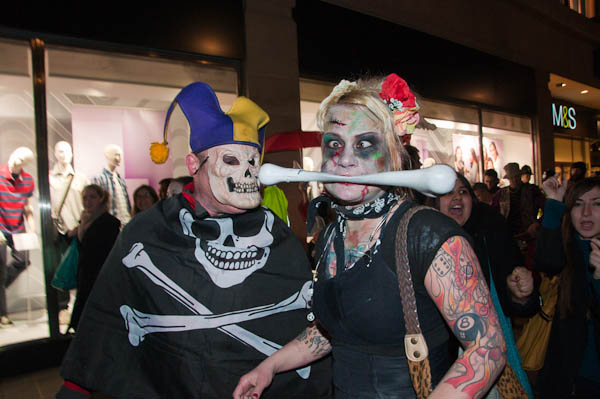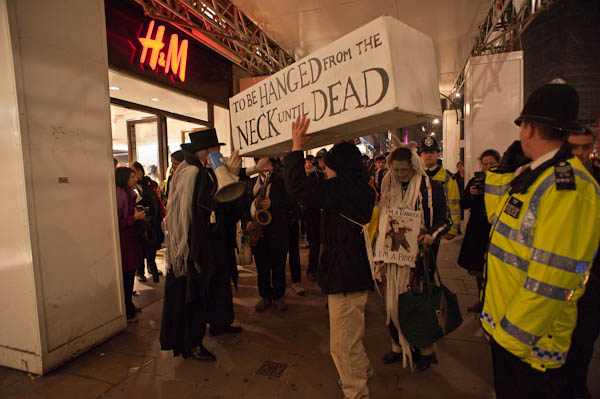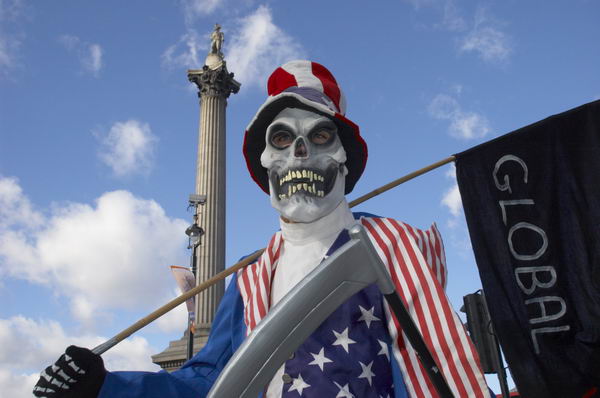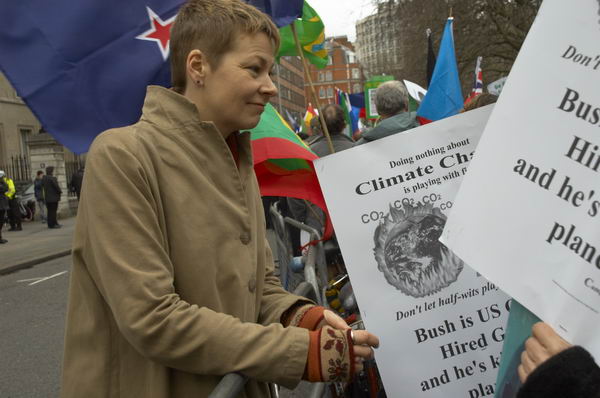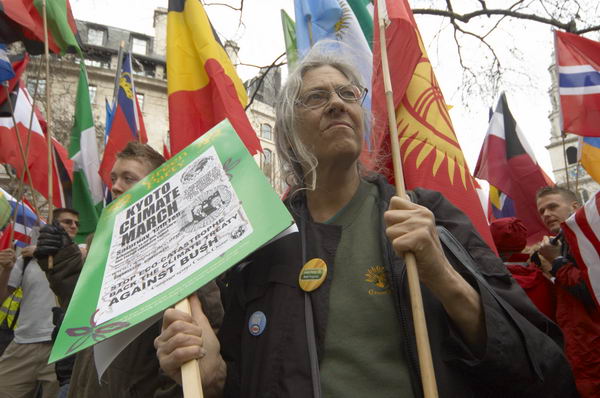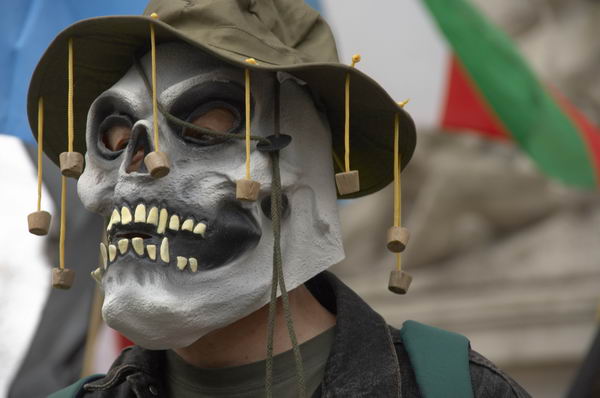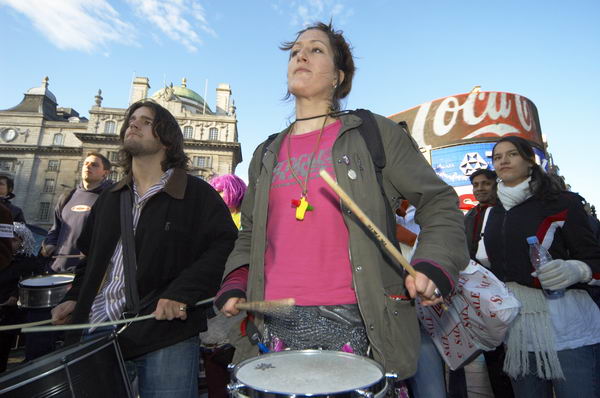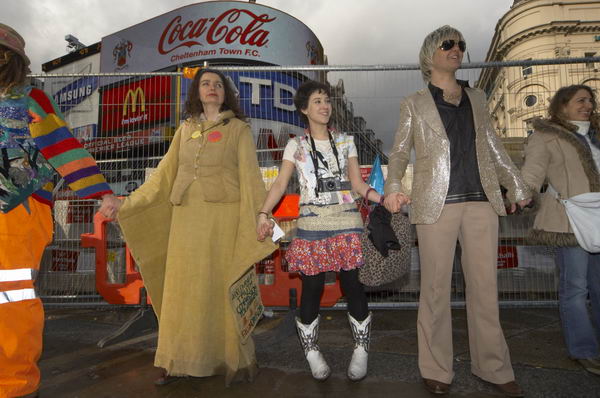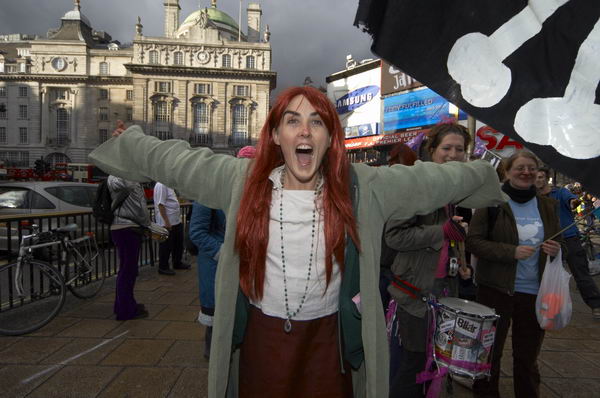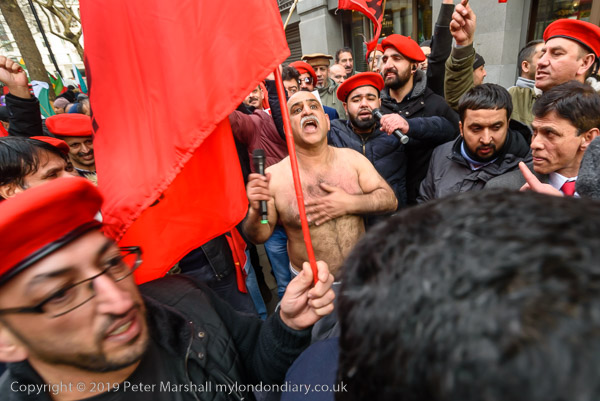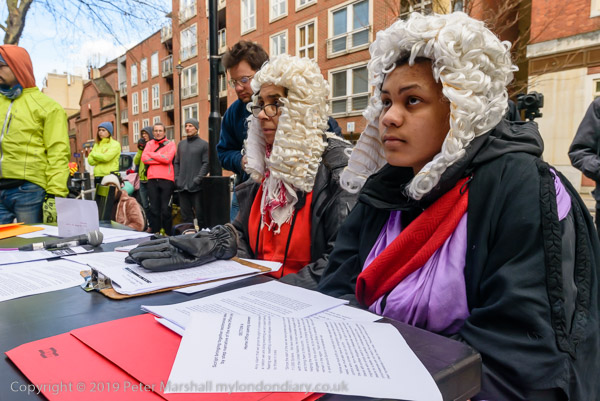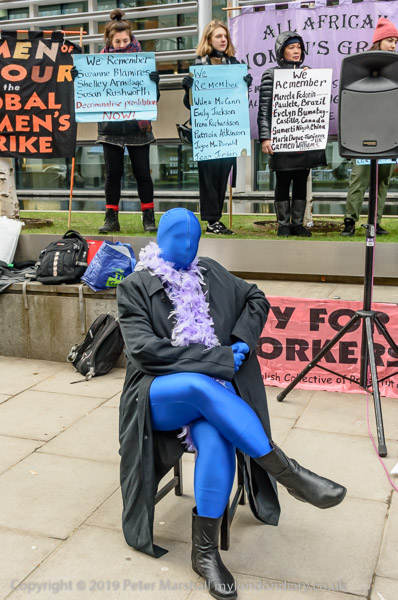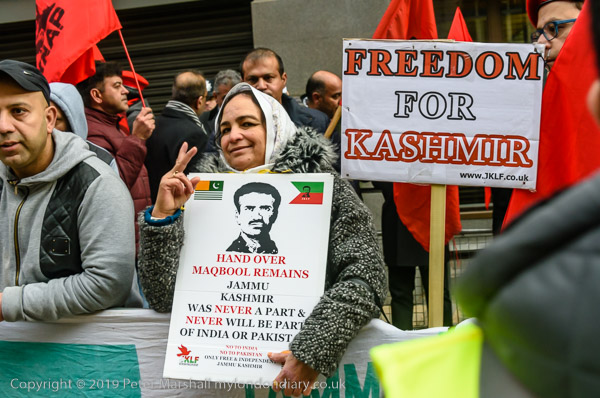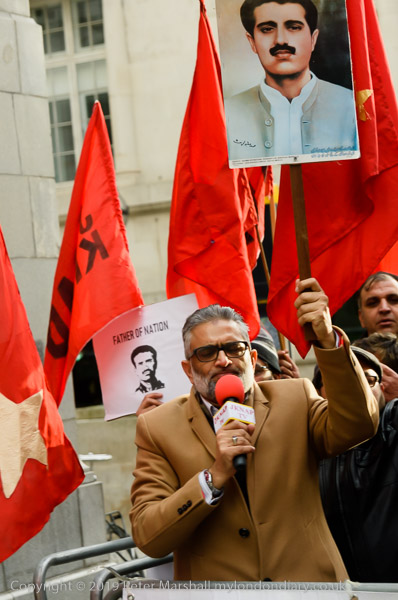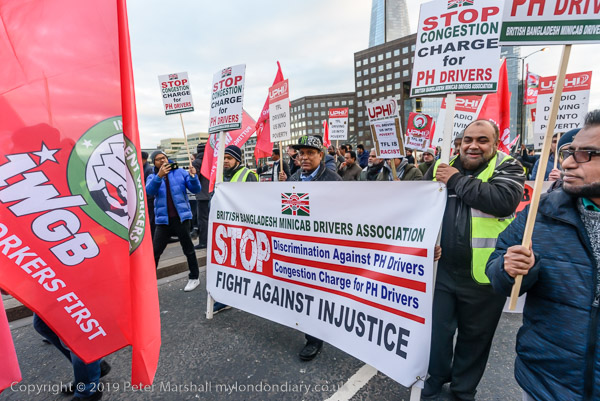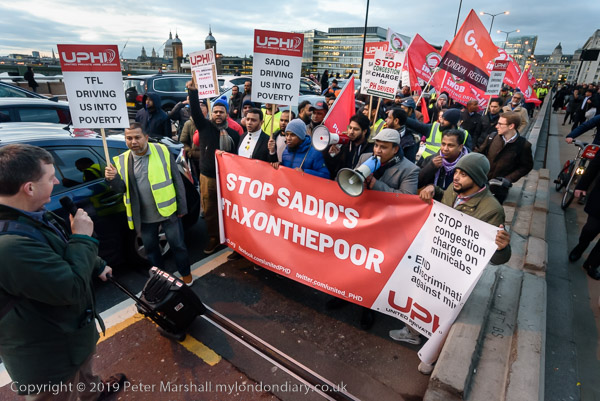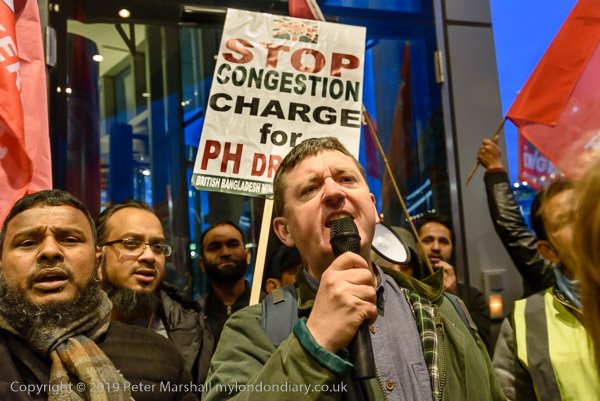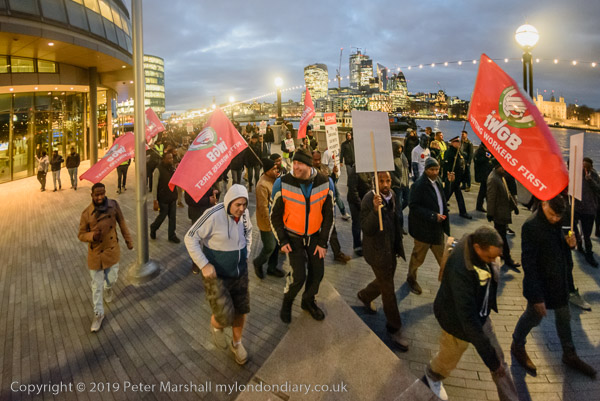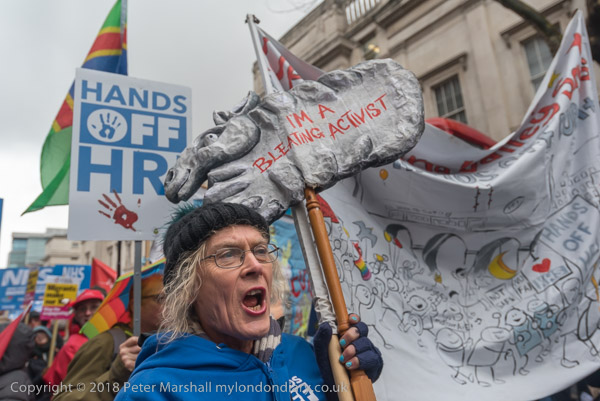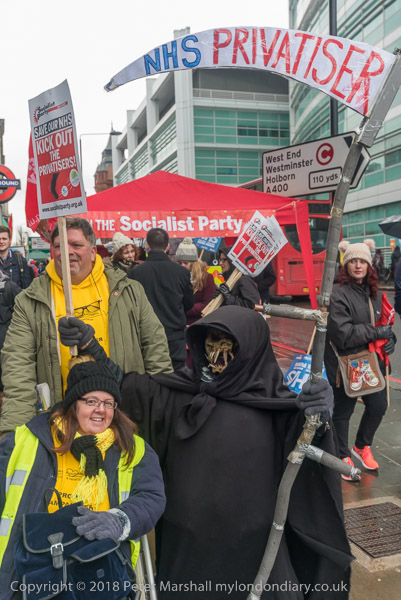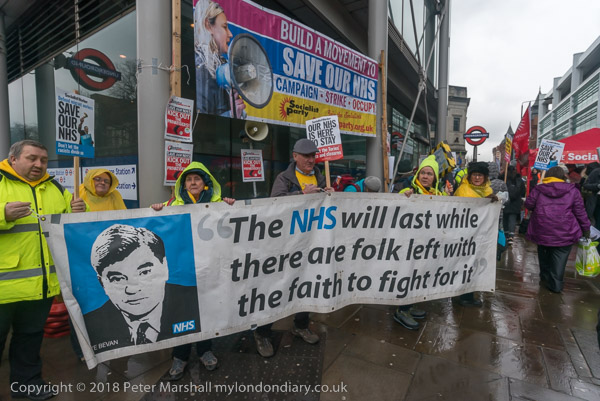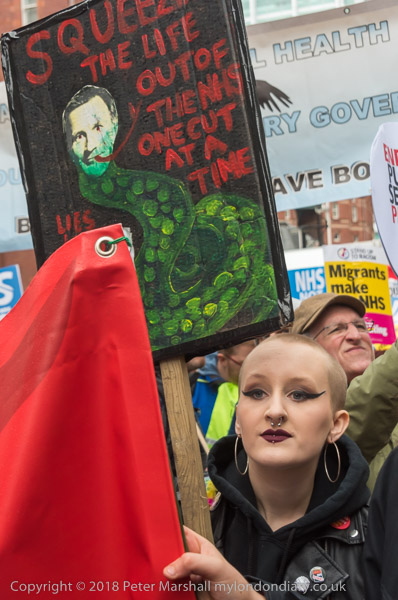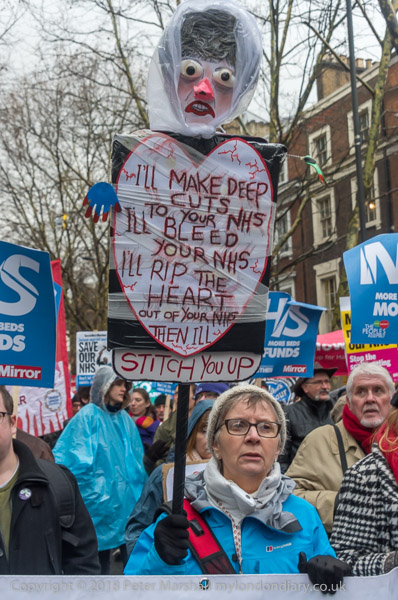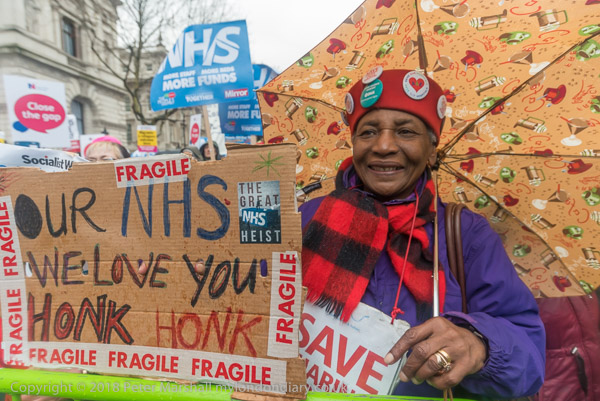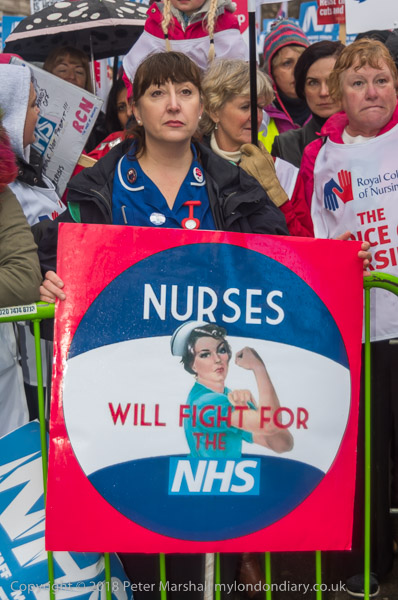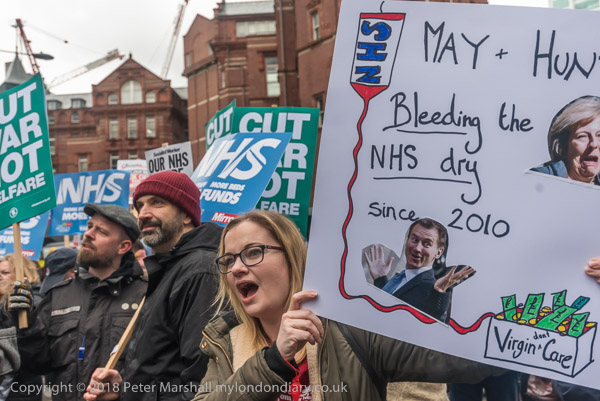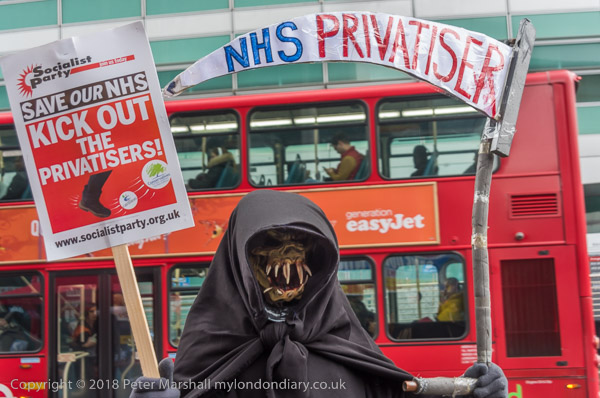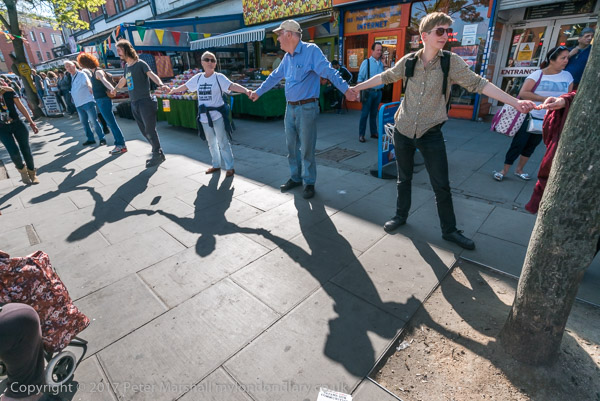
Four Years ago today on Saturday 8th April 2017 I was travelling around London photographing a very varied set of protests, ending the day at Seven Sisters where London’s most vibrant community market has been under threat since 2006.
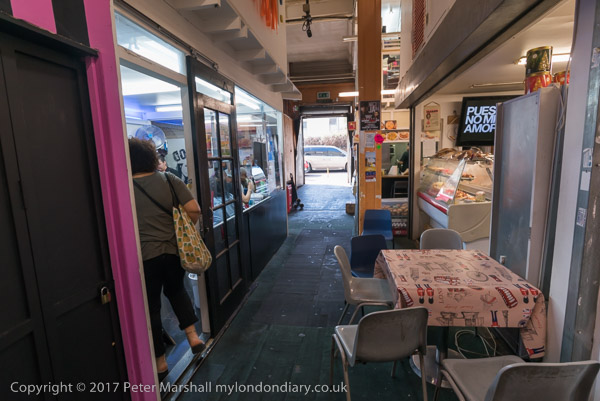
The Latin Village or Seven Sisters Indoor Market a few yards from the Underground station exit on the High Rd is a vibrant place in an Edwardian building, Wards Furnishing Stores, a department store which closed in 1972. The ground and mezzanine floors of part of the site house around 60 independent businesses, mainly run by people of Latin American origin but with others from the Caribbean and Middle East and when open it is a vibrant area to walk around, full of music. Covid has of course meant its closure, and the building owners Transport for London in 2010 closed the mezzanine area as unsafe and banned the on-site cooking of food which had been such an important aspect of the market.

Haringey Council and developers Grainger PLC want to clear the site and replace it with a “mixed use development” which would include expensive flats and chain stores – and although it may include a small market it will lose the character of the Latin Village and almost certainly be at rents which would make any of the current businesses uneconomic. Protests against the plans are still continuing.
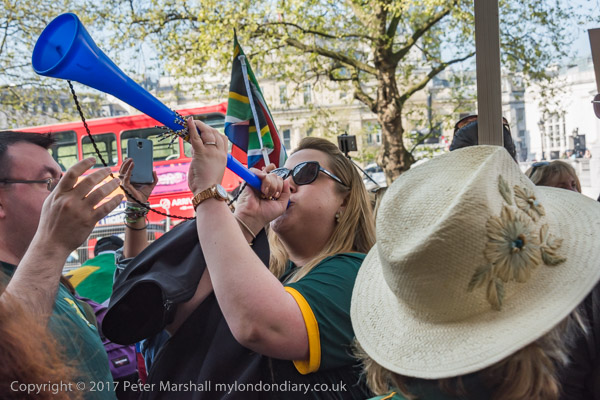
My work had begun outside South Africa House in Trafalgar Square, where a large group of South Africans were protesting in defence of South Africa’s democracy and calling for the removal of President Zuma.
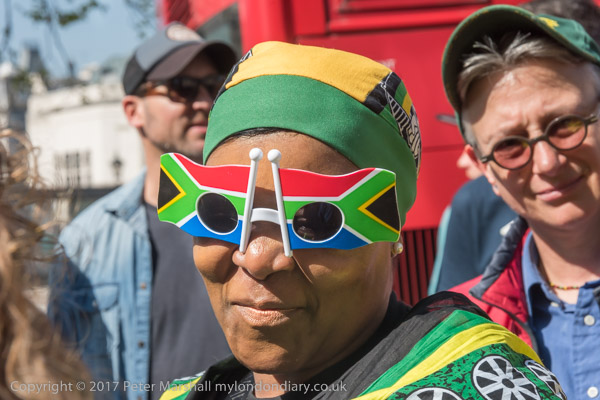
Jacob Zuma had been president since 2009, and had a long history of legal challenges both before and during his presidency, particularly for racketeering and corruption, and https://en.wikipedia.org/wiki/Jacob_Zuma Wikipedia states his time in office is estimated to have cost the South African economy around 83 million USD. Facing a vote of no confidence he finally resigned in February 2018, succeeded by Cyril Ramaphosa, who has also been criticised for various financial irregularities and his call for action against striking miners which resulted in the Marikana Massacre in 2012 in which 34 miners were killed by South African police.
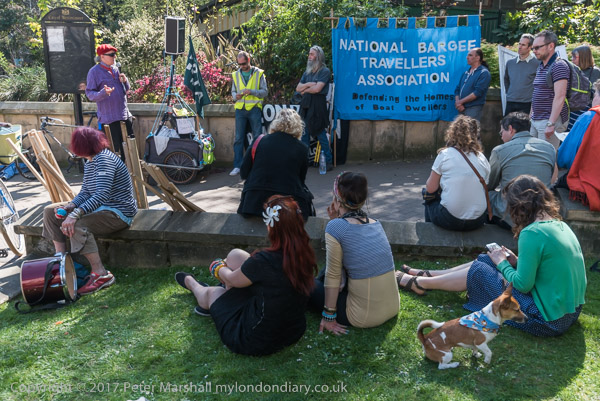
In 2012 the Canal & River Trust (CRT), a charity, took over the running of our canals and rivers from British Waterways and since then have begun a series of evictions of boat dwellers who do not have permanent moorings. The say that it is unlawful for the CRT to impose limitations on their right to live on boats unless they meet arbitrary limitations based on a minimum distance or movement or pattern of travel.
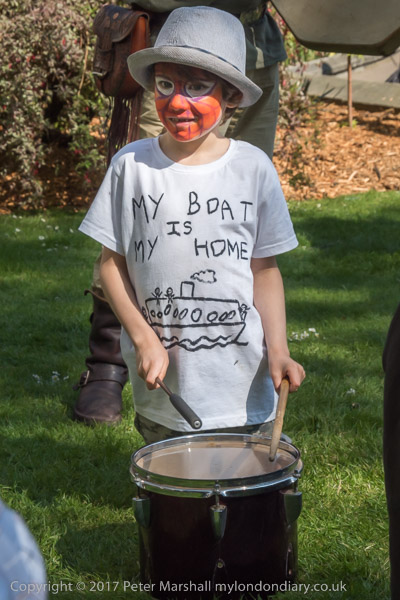
Permanent moorings are expensive – perhaps £6,000 a year along with a licence cost of £1,000, so families who live on boats because they cannot afford houses are being priced out, with moorings going to the wealthy who often only use their boats for a few weeks each year, gentrifying the canal and destroying communities who live on boats. Boat dwellers came to Embankment Garden to picnic and hold a rally against the CRT. As well as opposing evictions they also called for proper maintenance of locks, bridges and waterway banks, more mooring rings, more water taps and more sanitary facilities.
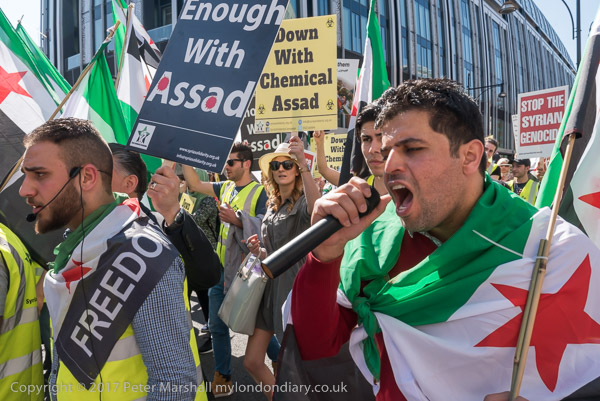
Syrians gathered a Marble Arch for a march to Downing St calling on the UK government to support Syrians against the use of chemical weapons by President Assad’s forces in Syria.
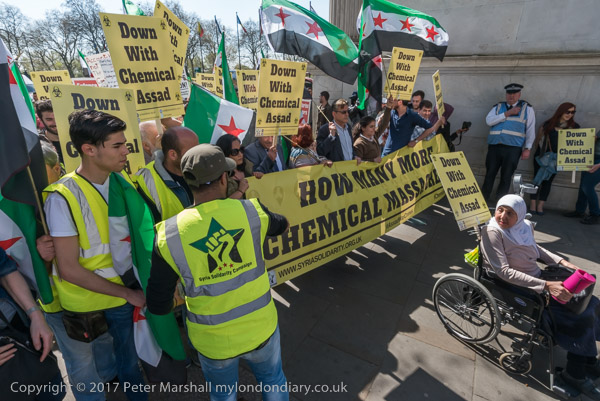
They say that the attack four days earlier at Khan Sheikhoon near Idlib, like that on Ghouta three years previously, used Sarin nerve agent, this time killing over 100 and injuring over 400. Unfortunately our government, along with that of the US, has firmly set itself against any real action in Syria, despite encouraging the uprising against Assad, and is leaving it to Russia (and later Turkey) to ensure that the revolution fails.
More pictures from all these events on My London Diary:
Human Chain at Latin Village
Against Chemical Warfare in Syria
Boat dwellers fight evictions
Zuma Must Go
All photographs on this and my other sites, unless otherwise stated, are taken by and copyright of Peter Marshall, and are available for reproduction or can be bought as prints.
